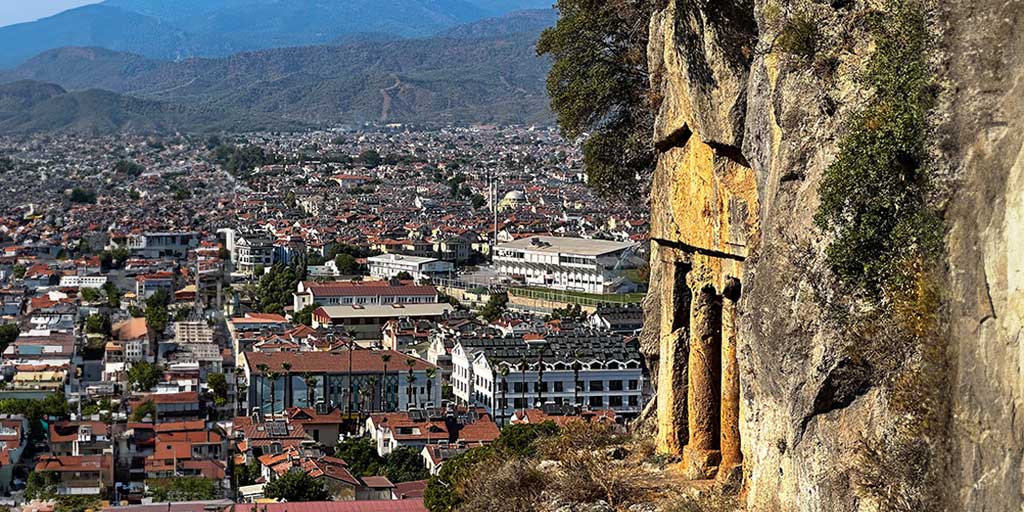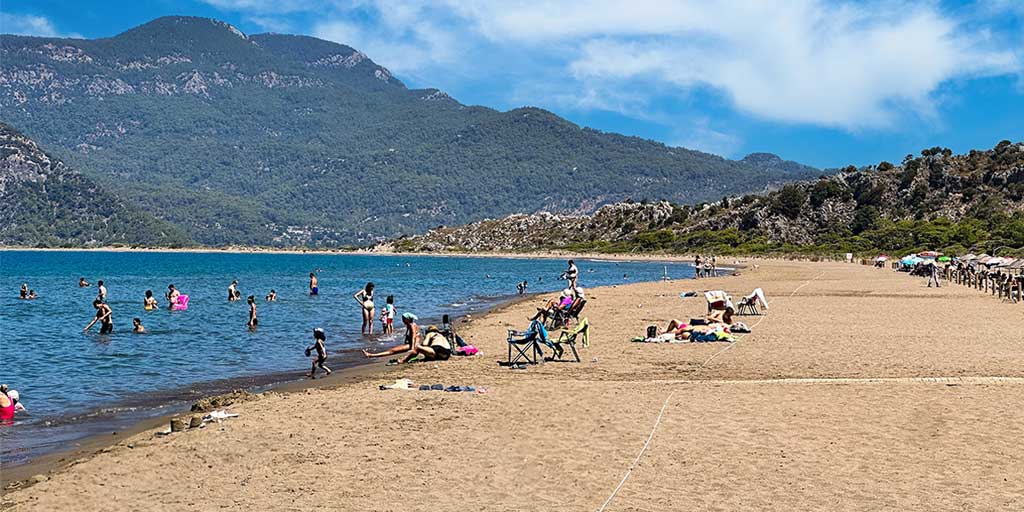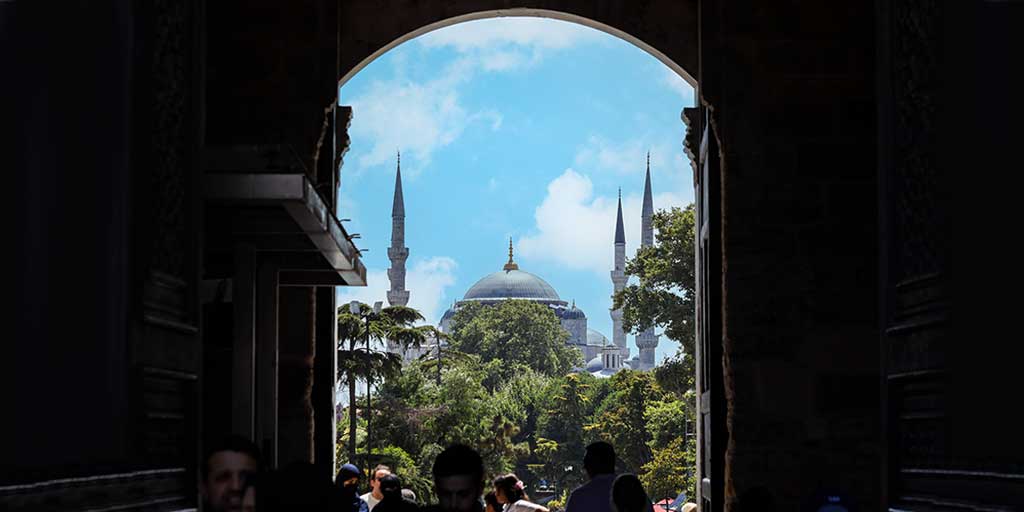The history and beauty of Kayakoy, Turkiye’s “Ghost Village,” is captivating. Our tips for experiencing the secrets of Kayakoy will help uncover this hidden gem.
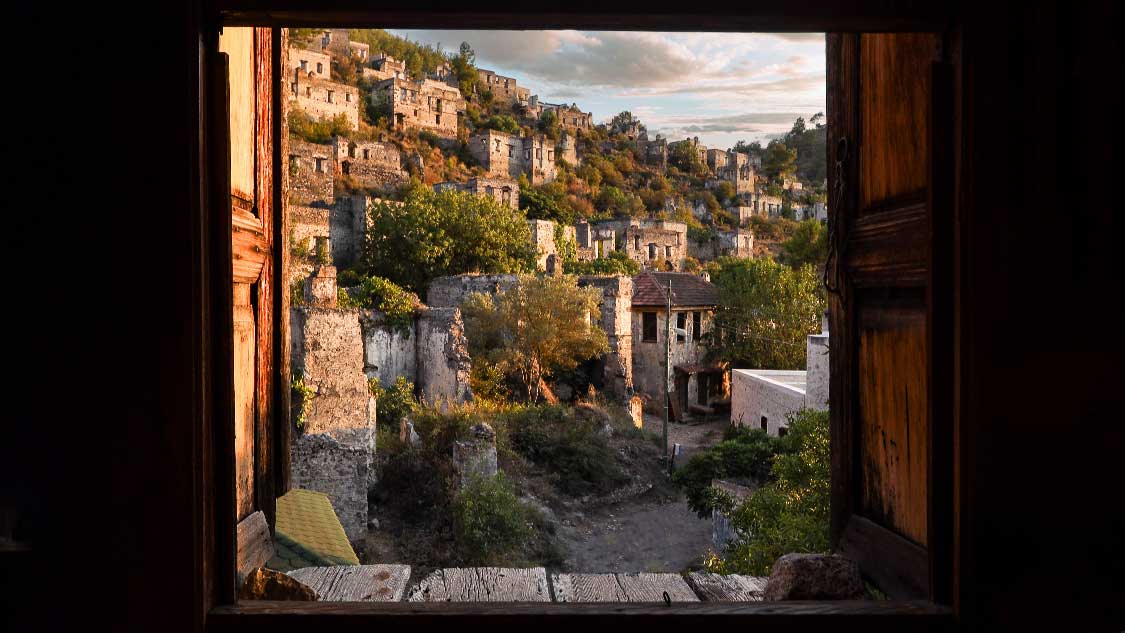
Tourists line the boulevards and beaches of Fethiye Turkiye. Relaxation and entertainment are the name of the game of this tourist center along the shores of Turkiye’s “Turquoise Coast.” Yet just a few short kilometers away, on the edge of the tiny village of Keçiler, lies a dramatically different landscape.
Hundreds of stone buildings dot a hillside. The remains of what were once streets are overgrown and barely visible.
Kayakoy, the fascinating ghost town in Turkiye, was once home to a community of 10,000 residents. Most of these families were Greek Orthodox Christians who had lived in harmony with their Anatolian Muslim neighbors for centuries. But this all came to a sudden and crashing end near the early 20th century.
Today, the remains of this town offer a glimpse into both Turkish and Greek culture and an experience that ranks it among the most incredible places to visit in Turkiye.
Kayakoy is stunningly beautiful, and this off-the-beaten-path village offers a vastly different experience than the country’s more famous ruins, such as Ephesus, Gobekli Tepe, and the Temple of Artemis, the ancient wonder in Selcuk.
The Story Of Kayakoy, Turkiye
Table of Contents
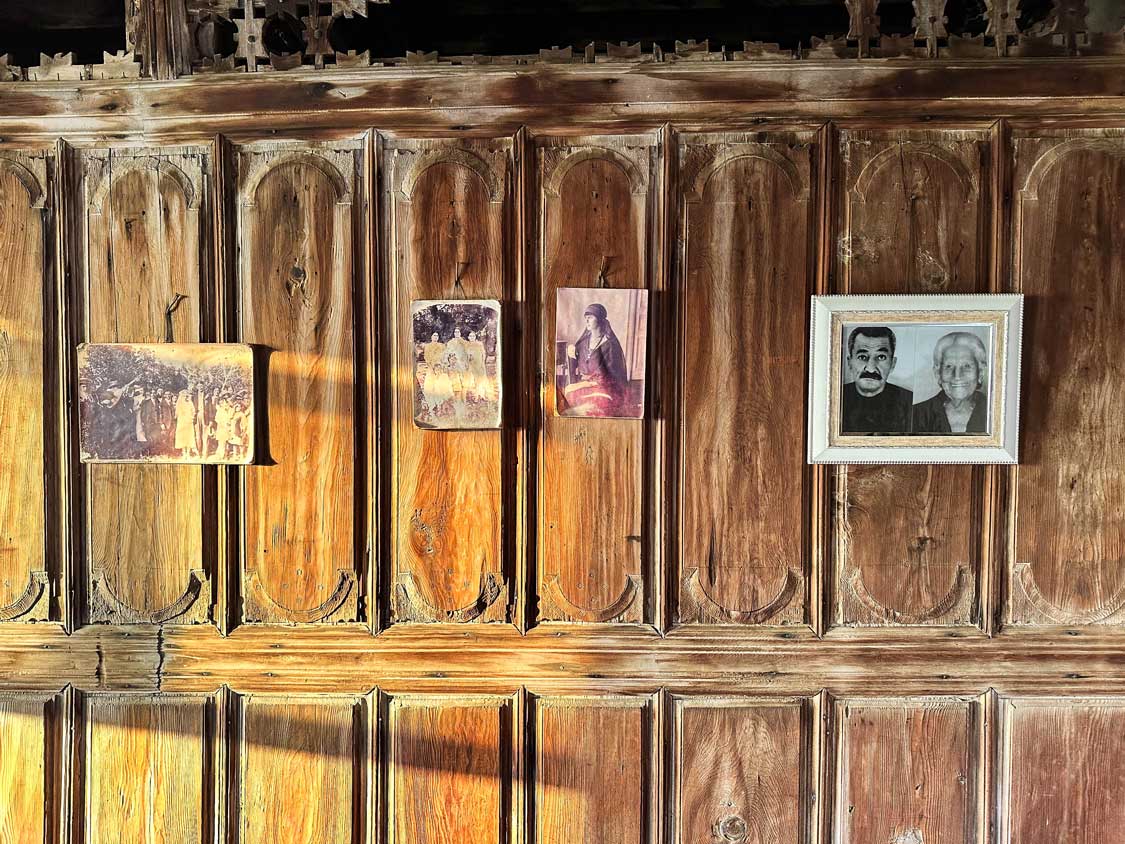
The story of Kayakoy began in the 14th Century. Many of the inhabitants of what was then called Livissi converted to Christianity following the East-West Schism. Most of them eventually adopted the Greek Orthodox Christian faith, although some residents and much of the surrounding area continued to practice Islam. These two faiths lived in relative harmony with each other, supporting and building a community that would last until the early 20th century.
That harmony was shattered during World War I, and a tumultuous series of events unfolded. This included a massacre of Turkiye’s Christian minorities by the Ottoman Empire and a forced depopulation of Christians from Turkiye and Muslims from Greece.
Kayakoy’s Christian inhabitants were forced from their homes. Shortly thereafter, an earthquake struck the region, causing the town’s remaining inhabitants to flee.
Kayakoy, the “Ghost Village of Turkiye,” stands as a haunting reminder of the recent past. Its crumbling stone houses, churches, and schools are slowly being reclaimed by nature. The few visitors who know of its existence stroll among the haunting facades that offer evidence of the shifting tides of history.
While many of the buildings are in ruins, some still offer evidence of the stories of those who once lived within their walls. pictures, bookshelves, and even a bed can still be found within a small number of structures, offering echoes of the lives that once called Kayakoy home.
Despite its tragic history, Kayakoy has found new life as an open-air museum. It’s a place where the stories of the past come to life, and it offers a poignant reminder that the scars of conflict often lie far beyond the battlefield. And in a time where conflict between people seems to be constantly bubbling under the surface, it offers an important lesson.
Kayakoy may be deserted, but just as nature reclaims the land, locals are also bringing new life to the buildings. Cafes, art shops, and restaurants are beginning to fill some of the empty husks, offering visitors to bask in the atmosphere of history over a latte or a cup of Turkish coffee.
Watch Our Fethiye and Kayakoy Travel Video
Tips For Visiting Kayakoy Ghost Village
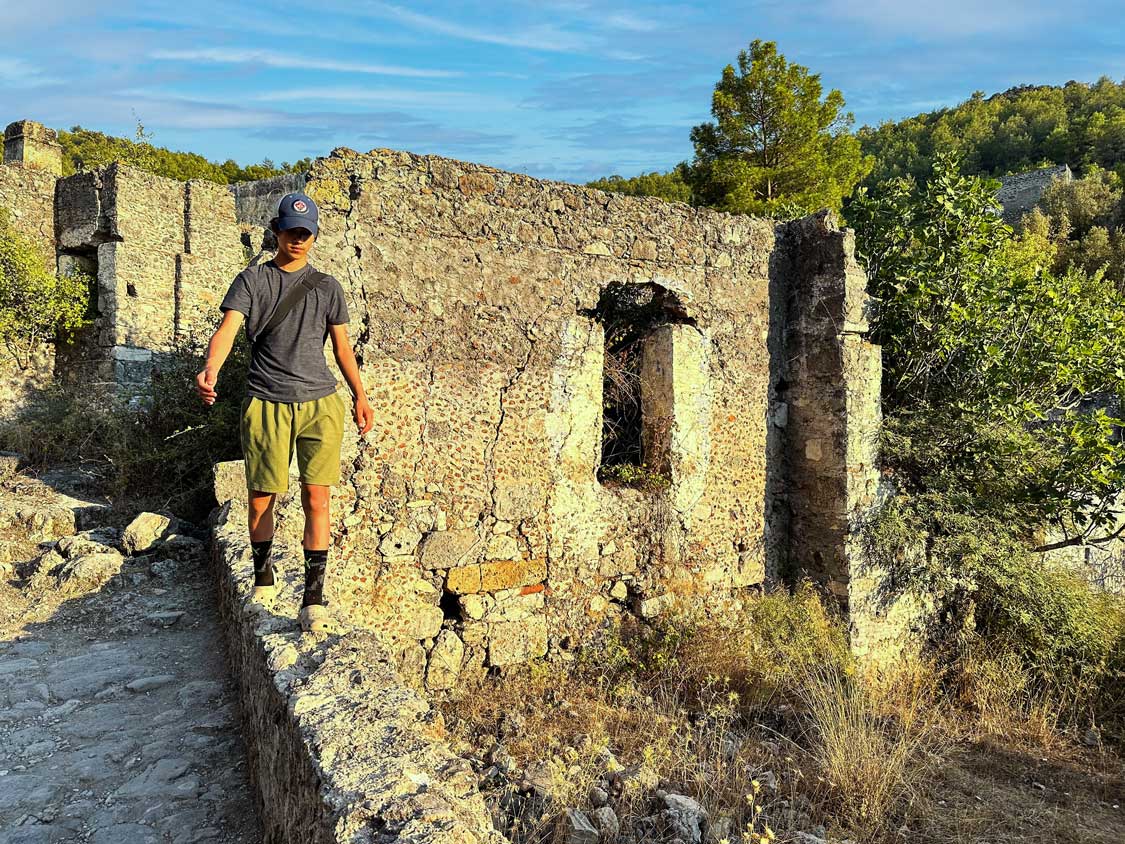
The Kayakoy ghost village contains more than 400 houses, two Greek Orthodox churches, several chapels, a school, and a fountain that dates to the 17th century. The site is a UNESCO World Friendship and Peace Village that now exists and an open-air museum.
Plans are in place to restore sections of the village in order to make it more “tourist-friendly,” but so far it exists almost completely undisturbed. Part of that plan is to open sections of the archaeological site to a 49-year lease that will “partially open Kayaköy’s archeological site to construction” and the possible construction of a hotel, as well as tourist facilities that will cover up to one-third of the village.
Getting Around Kayakoy
At first glance, Kayakoy seems straight out of a postcard. The ruins dot a steep hill that climbs towards the sky, topped by a gorgeous Greek Orthodox church. But look a little closer, and you’ll realize that this Turkish ghost town doesn’t have much in the way of roads, paths, or trails.
There are a handful of cleared paths that wind in and out of the key areas, but if you want to dive a little deeper into the ruins of Kayakoy, you’ll likely be trudging through former yards and even trying to find your way through the ruins of houses.
Sticking to the paths provided is the easiest way to get through town. But if you love a little adventure, you can find all sorts of hidden gems, such as Lycian ruins, caves, and decorated rooms, if you look a little deeper.
What To See In Kayakoy
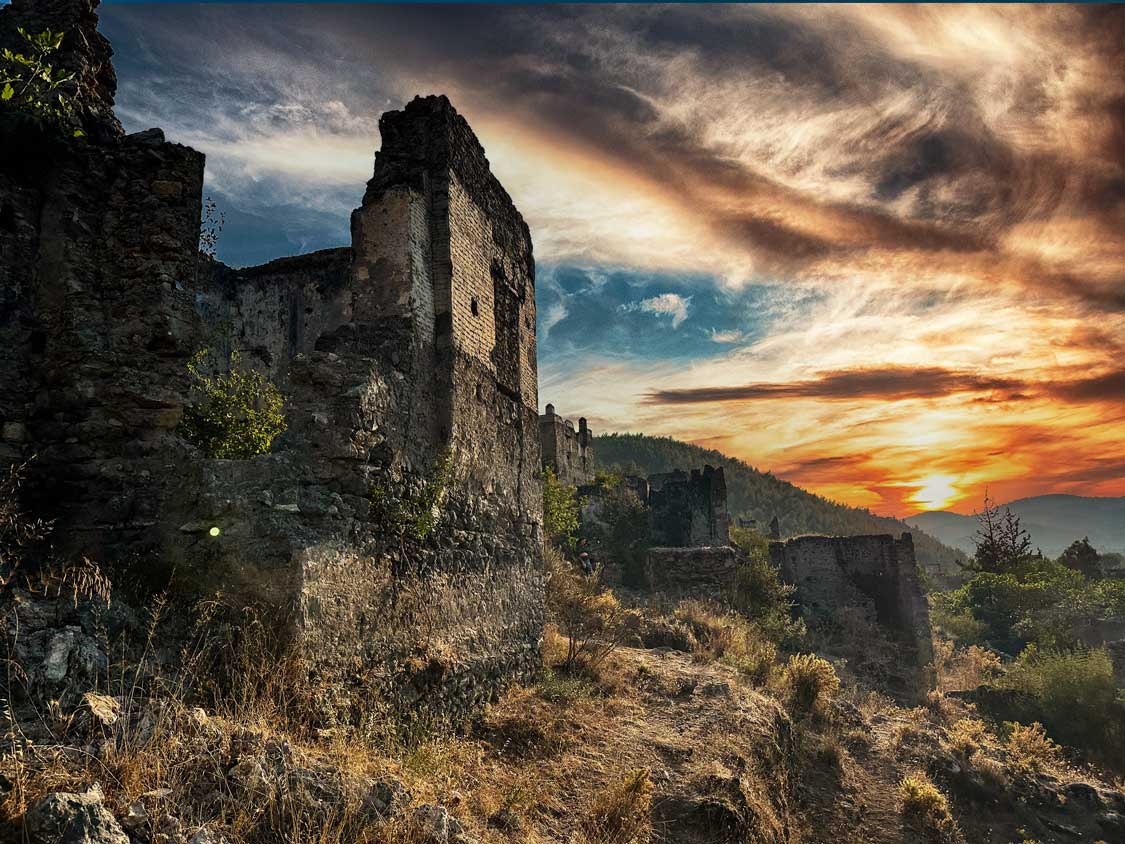
One of the first things that you may notice about Kayakoy is that it’s nearly devoid of any information. There are no maps, guides, or information pamphlets provided for the nominal entrance fee. It’s truly a place where visitors are invited to explore, get lost, and discover.
But just because there is no information provided by the Turkish Ministry of Culture, that doesn’t mean that I’ll let you go in there empty-handed. Here are a few things that every visit to Kayakoy should include.
- The Old Fountain: This unique fountain dates back to 1888. It can be found by the roadside on Cumhuriet Cd. The fountain is still functional and many visitors will fill up their water bottles from its tap. I’m not sure how clean the water is, so if you opt to do this, I’d recommend using one of these filtered water bottles.
- Yukari Kilise: What’s commonly known as the “Lower Church” may be the most imposing structure in the entire Kayakoy ghost village. This building lies uphill from the main entrance. It can be seen from nearly everywhere in town thanks to its towering, multi-arched roof. Yukari Kilise was one of the two main Greek Orthodox churches in Kayakoy. When I last visited it was closed to the public due to safety concerns.
- Asagi Kilise: Often referred to as the “Upper Church,” Asagi Kilise has, perhaps, the most beautiful interior of any of the remaining structures in Kayakoy. The ample light paired with the arched ceiling and intact chancel make it a photographer’s dream.
- The Last Occupied House: Just downhill from the Lower Church, near where the lane bends back towards the road and The Old Fountain, lies the last occupied house in Kayakoy. Visitors are welcome to enter the structure, which acts as a simple museum to the lives of the people. You’ll find photographs of the family who lived here as well as bits of furniture and decoration.
How To Get To Kayakoy
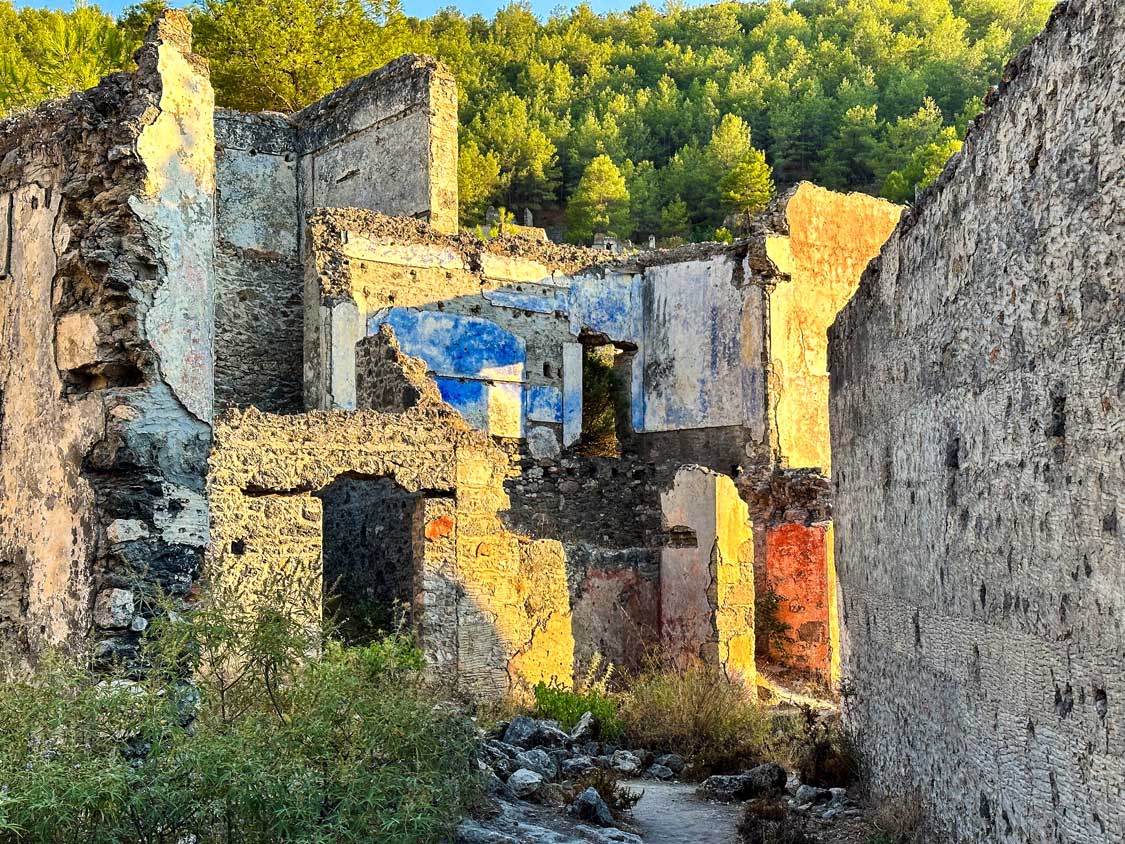
Kayakoy is located about five miles (eight kilometers) from the town of Fethiye on the way to Oludeniz. You can catch a domus (shared taxi) from the city center of either town. In Fethiye, the minibusses depart from the side of a mosque on the main street downtown.
The ruins also lie along the “Lycian Way” for those who are undertaking all or part of the 335-mile trek. From Fethiye, it’s the hike to Kayakoy traverses an 8-km long cobbled, medieval path through the forest.
How Much Time To Spend In Kayakoy
The unique nature of the Kayakoy archaeological site means that visitors are very much “on their own” to create their own experience. The ghost village is a place to be wandered through. A place to ponder the lives of those who were so suddenly uprooted and displaced.
It’s easy to spend an entire day wandering through the hundreds of houses, churches, schools, and chapels. At the very least, you’ll want to set aside two hours to explore the ruins. More if you’d like to enjoy a rest at one of the local cafes or restaurants.
I highly recommend timing your visit to end after sunset so that you can catch one of the most beautiful and unique sunset locations in the country.
Tips For Family Travel In Turkiye
Family travel in Turkiye, especially in places like Sanliurfa and the Southeast, requires some planning and a little bit of luck. Some areas of this country can be closed due to political unrest, so it’s always a good idea to check out current travel advisories and stay informed of the current travel status.
Check out our Turkiye Family Travel Blog for everything that you need to know about family travel in Turkiye, and watch our Tips for Family Travel in Turkiye video below to help you plan an unforgettable visit to this mesmerizing and wonderful country.
You’d be doing us a huge favor if you could hit the like and subscribe buttons.
Enjoy Your Time In Kayakoy, the Turkish Ghost Town
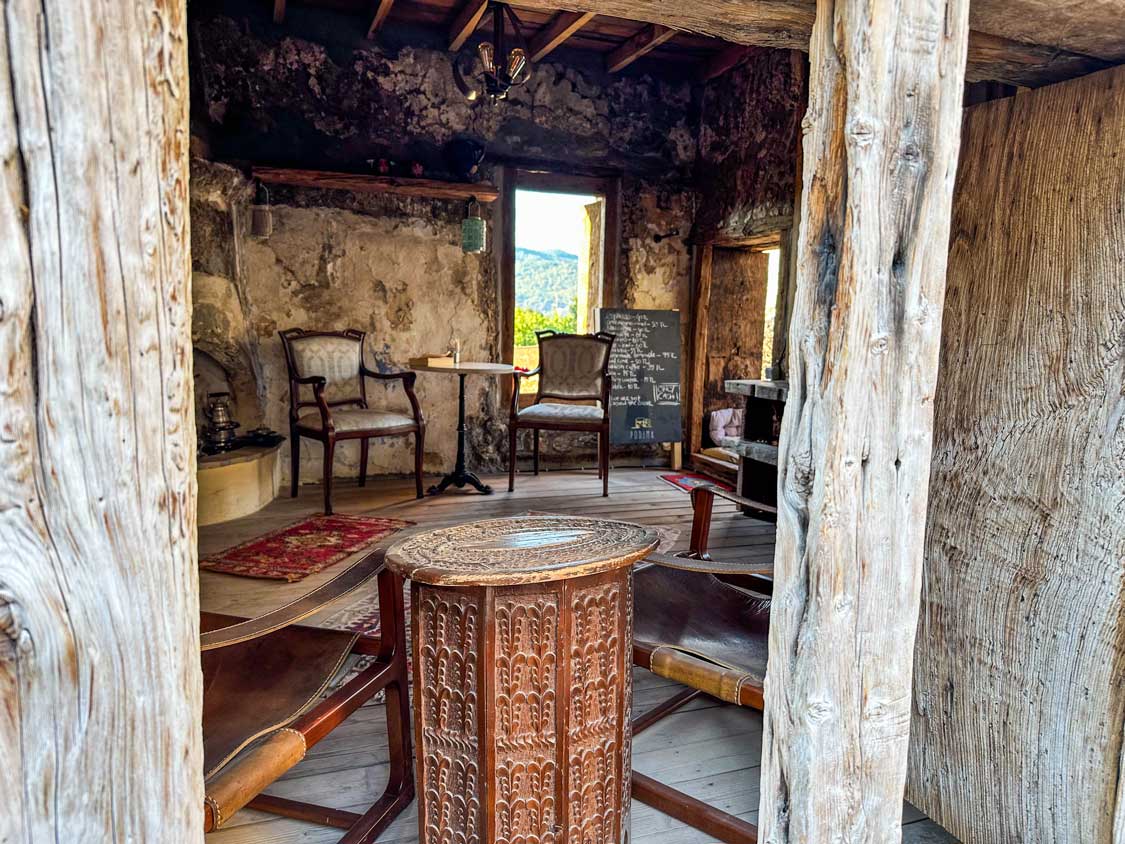
Kayakoy is as beautiful as it is fascinating. The story behind the town’s desertion is heartbreaking, but seeing as the ruins are reclaimed by nature as well as rejuvenated by the locals is inspiring. The town has all the makings of a Phoenix rising from the ashes story, and I’m excited to watch as travel in this unique destination continues to grow.
You can find more great information about visiting Turkiye on our Turkiye Family Travel Blog. Or feel free to join our Family Travel Support Group on Facebook. You can connect with more family travelers just like you who love to explore the world.
Wandering Wagars is a participant in the Amazon Services LLC Associates Program, an affiliate advertising program designed to provide a means for sites to earn advertising fees by advertising and linking to amazon.com, amazon.co.uk, amazon.ca. Amazon and the Amazon logo are trademarks of Amazon.com, Inc. or its affiliates
You May Also Like To Read:

